7 Stages of New Product Development Process
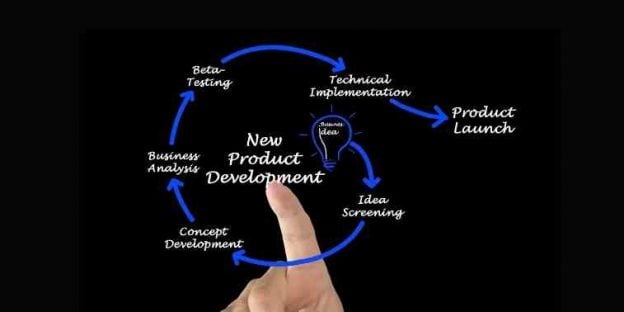
When it comes to the new product development process, the most important key is that your product must be able to solve the end user’s problem. It is supreme above all because it is the only way to achieve the product-market fit, an essential element for any product’s success. Moreover, if you have any out-of-the-box ideas then it will automatically get along in the market being the newest thing.
Every product development starts with an idea on which the further development’s foundation is bestowed. There are many successful product development examples in the market that are efficiently able to grab the market by showing their needs in the user’s lives. The most recent examples of product development are Zoom for communication, Figma for designers to work remotely, Trello for task management and tracking. These products make the lives easier for the companies in conducting their business. The best part is these products are not only limited to one industry as they can be used to deliver their effective services in more than one industry.
So, the question is what these companies had done differently with their product development processes? Their products gave precedence to involving the customer at an early stage of the NPD process for understanding their problems before strategizing around processes, tools, and technology. Just like them, many enterprises believe in involving customers at an early stage of the new product development as it helps them a lot and in various ways.
What Actually is New Product Development?
New Product Development is basically a process of converting your idea into any workable software product that can make the lives easier for users. It involves grabbing the market opportunity that usually revolves around customer needs, finding out the idea’s practicality, and coming up with efficient working software.
There is a difference between product development and new product development. The idea of product development revolves around launching products that already have a Proof of Concept(POC) and on the other hand, the New Product Development focuses on entirely new ideas where the uncertainty around its development and subsequent adoption is very high.
Seven Stages of New Product Development
First Stage – Idea Generation
When it comes to a new product then you must brainstorm all your ideas that can make the lives easier of the users. So, as the name suggests, idea generation includes significance to brainstorm sessions were how to solve customer problems must be your priority. Here are a few ways you can do that.
Personal Problems
In case you are dealing with an issue, others may probably be confronting it as well. You should simply zero in on that one issue and construct an answer that can be labeled as “one for all.” In the first place, you need to comprehend the human story behind advanced contributions. For example, Jeff Lawson, the originator of Twilio, has an intriguing story behind its correspondence-based programming item dispatch. He was related with three business organizations previously, and every one of them needed a certain something — Productivity. At the point when he was headed to begin again with something of his own, he realized that he expected to conceal the correspondence hole — the greatest obstacle towards the way to efficiency. That is when item development occurred as Twilio. The item building and dispatching had its good and bad times, however, his conviction to having required this item prompted compensating for an extraordinary business thought.
Listed Problems
This progression helps check the plausibility of the shortlisted issues and the arrangement dependent on the 4U methodology by Michael Skok, the originator of Startup Secrets. The 4U represents:
How about we examine every one of these viewpoints exhaustively.
Unfeasible: Figure out whether the conceptualized item ideas will resolve some genuine issues. Can the item fill the current client experience holes and will accomplish item market fit?
Unavoidable: Is the issue that you are chipping away at unavoidable to the degree that it becomes obligatory to consent? You need to see if taking care of that issue is a decision or an impulse.
Dire: Is the issue critical and is exceptionally demandable by the objective market? In the event that the appropriate response is confirmed, this could be your opportunity to cover the void area in the market with your unique item.
Underserved: Are there no accessible items that address the current client issues? Search for the whitespace on the lookout and clutch the possibility that looks encouraging.
Possible Solutions
On the off chance that you have sorted out the issue, it’s an ideal opportunity to search for potential arrangements. For each client issue, there should be potential New Product Development openings. Here’s the work process that begins from an issue and winds up with planning around the arrangement.
The cycle stream of changing over groundbreaking thoughts into useful items | New Product Development
On the whole, regardless of how normal or phenomenal the issue is, the arrangement ought to be extraordinary. Regardless of whether an item as of now exists, guarantee that the item can tackle issues in an unexpected way.
For example, Slack and Zoom are both SaaS items that focus on advancing correspondence and cooperation. However, Zoom does it any other way by additionally empowering the leading of online courses, i.e., making it their special selling point (USP).
Narrowing Down Problems
Make an examination graph where you list every one of the shortlisted issues alongside the arrangements. Circle the discoveries across the hierarchical construction to think of a reasonable issue set.
On the off chance that the partners are not persuaded in regards to the shortlisted thought, attempt the Replicate, Re-Purpose, and Upgrade approach.
Duplicate: This spotlights on making a comparable item as that of a contender, however dispatching it in new economic situations. At the point when finished with dispatching the MVP, the procedure ought to be to extend the business by presenting out-of-the-crate includes later on.
Re-Purpose: This spotlights on reworking a current plan of action. For example, LinkedIn presented LinkedIn Learning, an e-learning stage for experts, as an e-learning stage for understudies, and constructed new freedoms for extending the portion of the overall industry.
Overhauling: This idea of New Product Development spins around presenting another plan of action that is better for sure from existing arrangements. It may very well be further developed execution, better speed, tending to the difficulties that a contender is confronting, or presenting added functionalities.
Second Stage – Idea Screening
This stage of new product development includes understanding the idea which has the highest chances to achieve success. List all the ideas and put them on the table for internal review from all the team members. You must turn to people who have immense knowledge and experience in the field so you know you are moving ahead with the right idea.
For the new product development idea, having a proof of concept should be your priority as it helps in understanding the feasibility of the idea. Many businesses do not have confidence as they zero in on an idea that is not technically feasible to build. Everything is possible.
SWOT Analysis is another great exercise when considering New Product Development Ideas. SWOT stands for Strengths, Weaknesses, Opportunities, and Threats. All these traits help in getting more information about your idea.
Third Stage – Concept Development and Testing
As the name implies, the third stage includes the development process and testing of your idea, and find out whether it is feasible or not. Before you start with the New Product Development process we also suggest you come up with a detailed version of the idea as the user stories should be given priority as you can also include users at this stage to get to know about their insight.
This step also lets you find out about the problems in your approach sooner as you can correct them as soon as possible. It also saves you from pulling up technical debts. Let us have a look at easy to follow concept development steps:
Finding out the Gain/Pain Ratio
This step includes looking at the product in the most insightful manner from your user’s perspective. This can be easily achieved by the gain/pain ratio.
Gain – Benefits offered by the product for the customer and why should they use this product?
Pain – It can be understood by the efforts made by the customer to understand and use the product.
Conducting Competitor analysis
Knowing about your opponents is a critical stage which you must consider very sharply. When you understand your competition, things become super easy for you to tackle as you know what is coming from their end. You need to understand the following things:
Where does your competitor lack?
Where is the scope of improvement?
Finding out the white space in the market where you can operate successfully.
Enlisting the Major Product Features
This step includes answering a major question which is “How is it an innovative feature, and how is it going to solve a problem?”
Once you start involving the user stories in your new product development process steps you can take your business to a new level.
Create a Value Proposition Chart
Sometimes we are much convinced with our idea and that’s good too with new product development but finding a way to state it together clearly to your end-users is a completely different story. You have to offer a clear picture of what a new product is capable of doing and how it can change their lives. It can be done with the help of a value proposition chart.
Concept Testing
Once your value proposition is ready, you can present it to the selected customers. It will tell you how they are perceiving the idea of your efforts so far and is it worth it to move ahead with the development of your product on a large or medium scale. You do not have to worry if your idea doesn’t look promising, all you need to do is to repeat the steps to develop a new product.
Here’s how you can get meaningful insight:
-> Identification of the focus group. It means to find out about the new product under your development.
-> Finding out about the other alternatives which can be used in the focus group.
-> Now develop a reliable plan for the new product development right from features, marketing, pricing, and distribution.
-> Then position your product’s new and distinct features in your customer’s minds in order to increase the feasibility and discoverability of your product.
Stage 4 – Market Strategy/Business Analysis
A marketing strategy is basically a plan of action which is designed to promote and sell your product in the market and is one of the best ways to reach out to a targeted audience. There are many marketing principles in the market but the most straightforward is McCarthy’s 4Ps of marketing for your New Product Development.
Let us have a look at what these 4P stands for:
-> Product – It is all about finalizing the software product based on the concept testing report. The main idea behind this is branding strategy and the level of services you are offering.
-> Price – The price of the new product is really crucial for the user and the business both. This step revolves around product licensing, finding out your profit margins, and then creating a marketing strategy.
-> Promotion – Need to find the most unique ways in your niche along with the trendy things on how to promote your product. Balanced advertising, effective PR strategies, and marketing. Finding the right mediums for the target audience and impressive customer communication.
-> Placement – Placing it in the market and finding out how it solves the key problems of the customers. And defining the product scope like whether you are going local or global.
The above-mentioned steps will help you with the stages in the new product development process. Moreover, you also need to strategize around the selling price of the product and the best way to identify the base price is:
Cost-Based Pricing Model
Cost + Makeup Price(%) = Price
How to Apply the Cost-Plus Pricing Formulae:
-> Production Cost is equal to development cost plus technology cost plus licensing cost. For instance, let this total be $120.
-> Markup% is equal to 50% then this will be equal to $60.
-> Price = $180
So, if the psychological pricing is to pay $180, the price will become $179.9.
Market Focused Pricing
This pricing model can be figured out after a thorough analysis of the pricing model of the other similar products in the market. It usually follows the below-mentioned path:
Let us all see the factors which we need to consider when you are selecting a competitive price:
Price Above Market: We suggest going for higher pricing with the new product development if your product is able to solve critical problems of the customers.
Copy Market – You can also try to sell at the same price at which your competitor is selling. It is also considered a safer move.
Priced Below Market – A lower pricing model than your customers can attract their and new customers towards your products. All these customers can also become your loyal ones in no time if your new products solve things differently.
Stage 5 – Product Development
Once you have found the idea for your new product development, market strategy is done and business analysis is completed now you can move ahead with the product development cycle. Usually the New Product Development starts with creating the prototyping which is followed by MVP. So, let us move ahead with the steps.
Creating a Prototype
This step basically focuses on creating the UI/UX for the product which can later be shared with the stakeholders or the board. This helps in creating an idea in the mind how your product will look to the user and whether it complies with ergonomics best practices.
Minimum Viable Product(MVP)
This step focuses more on the user’s end and finding out how it will be set apart from the others. Once you have designed, development and testing are done the minimum viable product is launched in the market with minimal features. It is also known as a beta product. The best way to approach New Product Development is to rely on development that focuses on incremental and iterative development while promoting collaboration and communication.
Stage 6 – Market Testing
This New Product Development aims to reduce the doubts which revolve around the success of the particular product. There are usually two ways to market test strategies to follow:
Alpha Testing – The test engineers which are working in your organization use and judge the product. This testing is based on the performance of the product. They find out how it is performing and layout the marketing mix results with the product which is created. If any issue persists the changes are made before any type of go ahead.
Beta Testing – Beta Testing consists of deploying the products to some of your customers and getting unbiased feedback on your product. Sometimes it is done without informing the customers what they are about to use. It is done for the sole purpose to listen to the voice and viewpoint of the customers. If you find any kind of issue at this point the product can be moved back to the development team of fixtures.
In-Home Usage Test – The third one is not a mandatory test but it applies to product validation. The developed product is offered to some intended customers who will use the product. They use the products thoroughly and their feedback is recorded. These opinions help the enterprises a lot to make further improvements.
Stage 7 – Market Entry/Commercialization
If we Google the term Commercialization then it is basically the process of rolling the product or services in the market for financial gain. And yes it is true to all extents. If you have successfully completed the stages in the new product development process then this will be the final step to achieve success and roll out your products as nothing can stop you from making your product-market fit. Let us read some marketing actions that can help you gain traction.
Sell your Concept Not the Product
Well, what we are trying to say is to talk about the concept that your product is following instead of giving your complete focus on the product’s features. Basically you want to find a way to talk in which you can tell how you can make your customer’s life easier.
If you watch the market closely then the most successful product markets their unique selling point instead. This helps in two ways. First, the users get to know about the features apart from some basic abilities and you will find an amazing way to sell your products. Sometimes the right marketing is all you need for the magnet effect.
Having a Brand Voice
A distinct voice that is talking about your product can do wonders for your business as more and more audiences get to know about your products. All you need to do is to sit down with the marketing team and create a seamless communication style that can represent the brand in the best manner at the global and unique level.
Managing Interesting Webinars
Webinars can be an effective way to connect with the audience and attract the leads at the same time. You can ask the minds behind the new product element and it will benefit the users with the new and additional features. Online sessions are also perfect for reasons like discoverability as it makes it easy to find and use features that the customer has no knowledge about. And since we are all in the middle of coronavirus webinars are one the best ways to promote and market your product.
Importance of New Product Development Process
-> Makes sure the faster time to market
-> Helps in understanding the technical side of the product
-> Comprehends the customer’s needs
-> Reduces Technical debts
-> Makes the management process easier
-> Increases the chances of success
Conclusion
New Product Development is about converting your new idea into making a workable product. This product will start from just the idea but with the right development, you will get a competitive advantage and help monopolize the market in no time.
If we look back then the seven stages of New Product Development include idea generation, idea screening, concept development, and testing, market strategy/business analysis, product development, market testing, market entry/commercialization. Along with these stages you need to be crazy enough to go outside and make things done with your products and services.

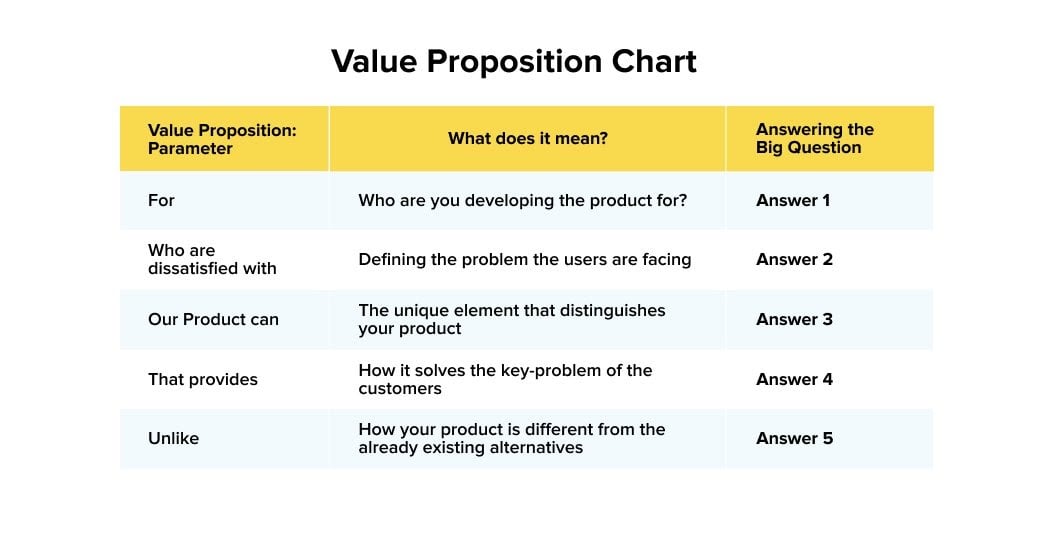
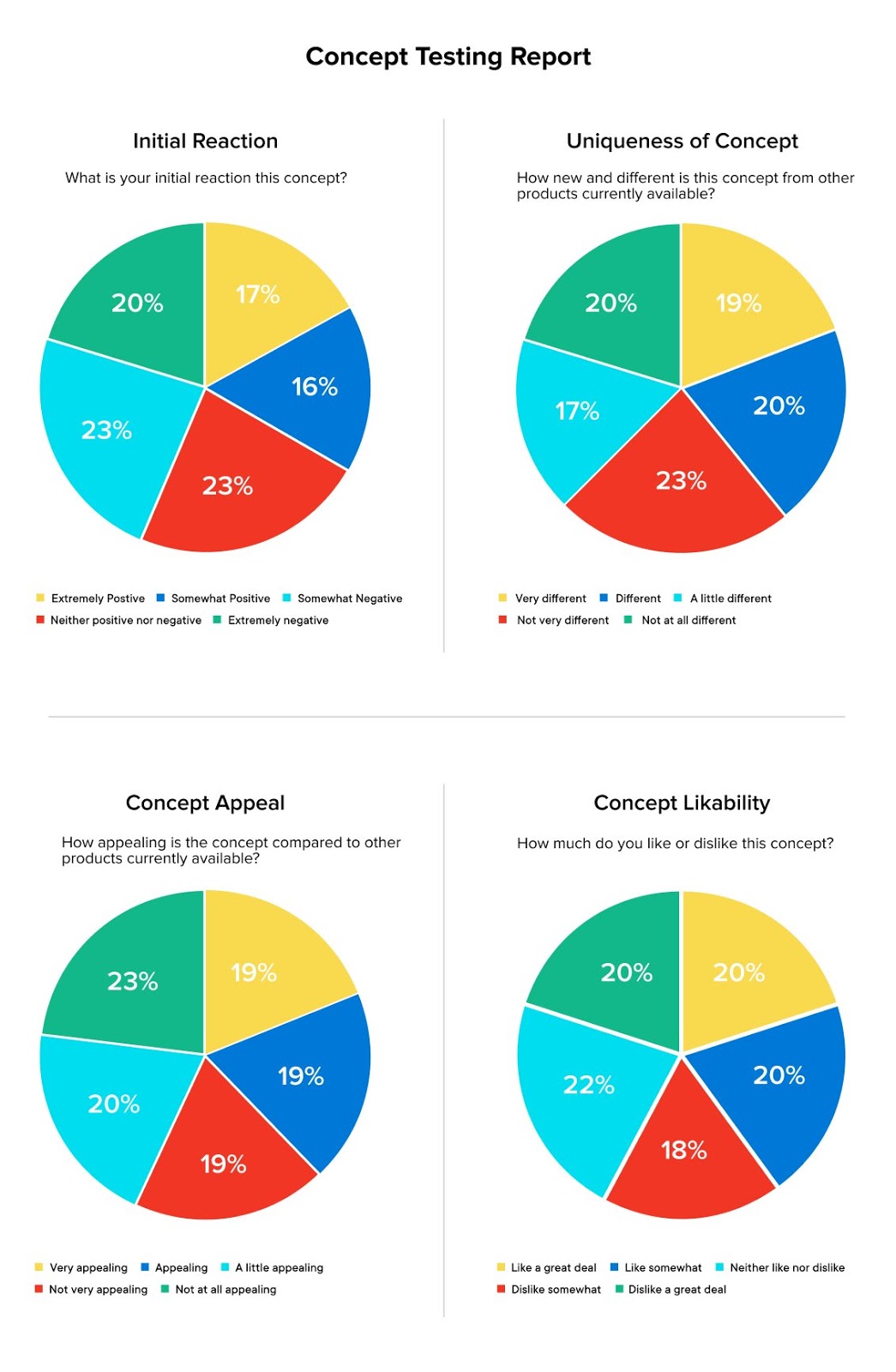
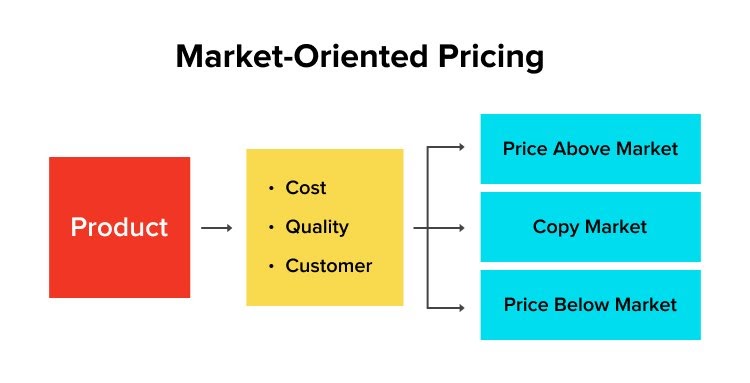

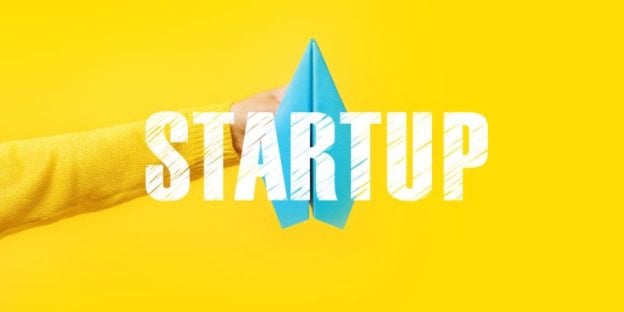
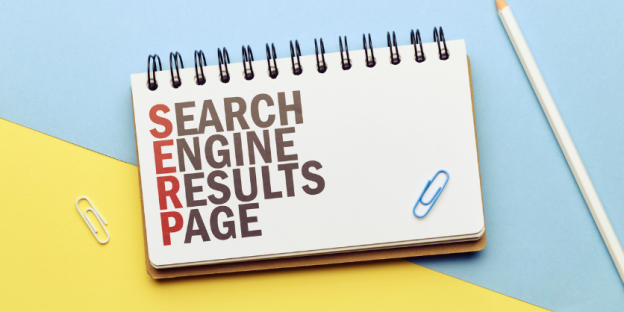
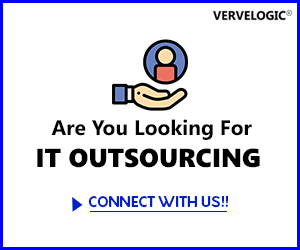

Loved the detailing this write-up has. Enjoyed reading this blog from top to bottom.
I just could not leave your website before suggesting that I actually enjoyed the usual info a person provide for your visitors? Is gonna be again regularly in order to inspect new posts.
I simply couldn’t depart your site before suggesting that I really loved the usual info a person provide on your guests? Is going to be back regularly in order to investigate cross-check new posts.
Well-framed blog this is. Kudos.!!
Hey there! Would you mind if I share your
blog with my twitter group? There’s a lot of folks that I think would really appreciate your content.
Please let me know. Cheers